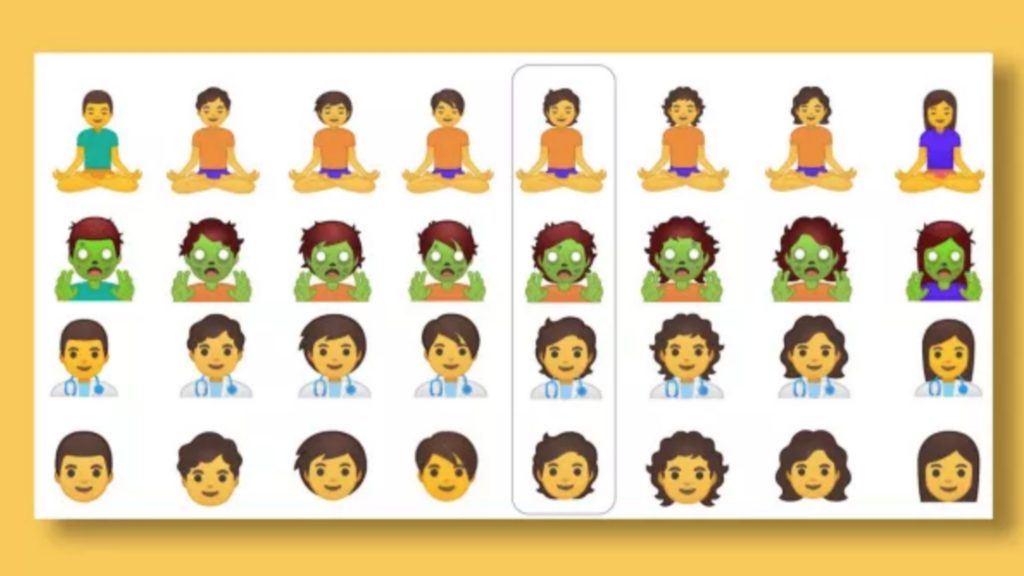Google is currently hosting its annual I/O developer conference in California, with much of the focus being on the software side of things, and naturally the firm’s upcoming mobile operating system – Android Q.
Along with some of the new features that Google have baked in to improve user experience I/O 2019 is also being used to highlight some of the lesser known issues that face consumers, such as gender representation in emoji.
While it’s easy to laugh off such concerns, given the extent to which users communicate with emoji, not to mention the desire to be accurately reflected in the technology these use, ensuring that these images reflect society is important.
To that end Google has 53 gender-fluid emoji planned for Android Q, with Fast Company reporting that Pixel phone owners will be the first to experience them when the OS makes its way to devices later this year.
If you’re asking why only 53 emoji are getting gender-fluid alternatives, it’s down to the fact that there are so many for Google to cater for.
At last count it’s estimated that there are over 3 000 different emoji across different devices and operating systems, and should a pure Android user be communicating with an iPhone one, or indeed any of the multitude of Android skins out there, having a suitable alternative for all of them is going to take time.
Google is also hoping that other companies adopt their gender-fluid approach when developing emoji, which should hopefully lessen the burden on the firm to always make changes.
“Gender is complicated. It is an impossible task to communicate gender in a single image. It’s a construct. It lives dynamically on a spectrum. I personally don’t believe there is one visual design solution at all, but I do believe to avoid it is the wrong approach here,” noted Google designer Jennifer Daniel to Fast Company.
“We can’t avoid race, gender, any other number of things in culture and class. You have to stare it in the face in order to understand it,” she concludes.
Are these new emoji going to solve gender-based issues? No, certainly not, but they will help in making users more comfortable and understood by the technology they use.

